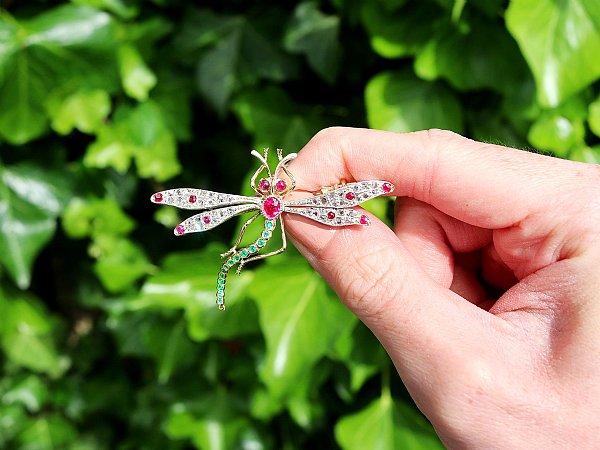Search Results for: '{{searchText}}'
Sorry...
We don't seem to have what you're looking for.
However we do have thousands of magnificent pieces of silver and jewellery available for you to view online. Browse our store using one of these categories.
Please wait for loading data... 
AC Silver is pleased to offer a fine range of antique silver vesta cases, some of which are finished in English sterling silver and enamel.
Andrew Campbell, using his 40 years’ experience within the antique industry, handpicks all antique and vintage vesta cases for sale.
All of the collectable vesta cases at AC Silver come with free and insured worldwide shipping and a 14 day return policy.

Vesta cases were compact gold-, silver- or silver-plated cases just large enough to hold and protect a fair number of matches required for a day’s smoking in the late nineteenth and early twentieth century. Vesta cases prevented matches from becoming damp and therefore useless, and would also protect the smoker from the dangerous matches.
Vesta cases were introduced in the early 19th century following the manufacture of friction ‘lucifer’ matches in 1826. These matches could ignite spontaneously from the heat of friction, often explosively, and thus were a potential danger if carried loosely in the pocket. The inside of the vesta case would often be gilded to protect the silver from the sulphurous head of the match, which would otherwise tarnish the silver. Other features, such as a cheroot cutter, were sometimes included.
Although vesta cases were restricted in size because of their function, their decoration varied enormously, from the very plain to the heavily embossed and chased decorated. The majority of vesta cases have a hinged cover and a ring loop attachment to allow suspension. Many examples have a serrated lower border to allow matches to be struck alight.
Vesta was the Roman goddess of hearth and home, therefore the match company Swan named a brand of their short matches ‘Vestas’, which they began producing in 1906. A ''''''''match'''''''' was known as a ''''''''vesta'''''''' up until the twentieth century when ''''''''match'''''''' became the favoured term. These short matches were not favourable for the common tasks of stove lighting or lighting candles for use in the home, however the shorter matches were perfect for lighting cigarette and pipes, and were less cumbersome to carry.
Vesta cases were hugely popular in England between the 1860s and 1940s. They were carried predominantly by men- as smoking was then considered to be a masculine habit- and placed in the waistcoat pocket or on the end of a ''''''''Double Albert'''''''' chain, which held a pocket watch on one side and a vesta case on the other.
Often Vesta cases were decorated with erotic figures, since smoking was a perceived to be a gentleman’s pursuit, and would be kept hidden in the pocket until offered to another gentleman to light his cigarette or pipe.
Pocket sized petrol lighters were invented by Louis V Aronson ‘Ronson’ in 1926, providing a new portable form of fire-making. During the second world war, the popularity of the lighter rose as soldiers found the petrol lighter lasted longer and was easy to refill. Thus began the demise of the vesta case.




